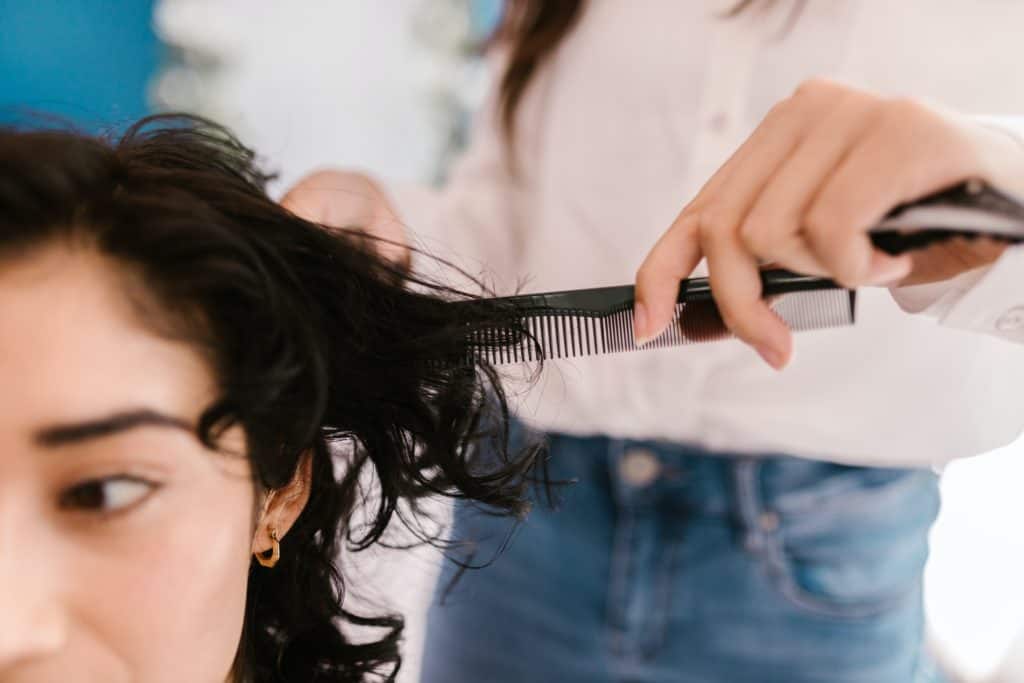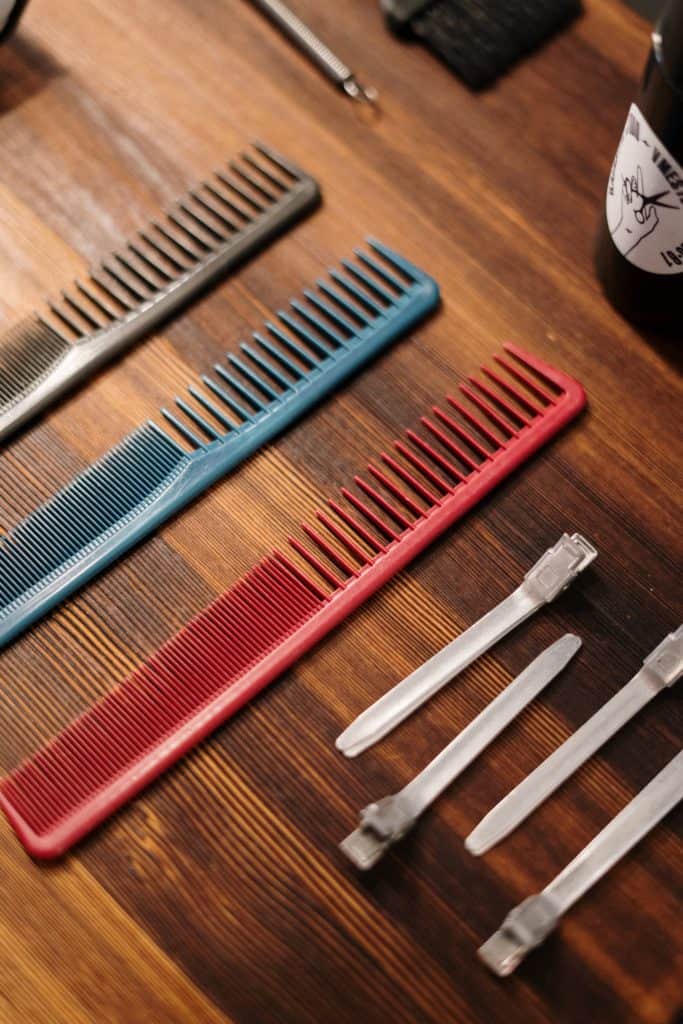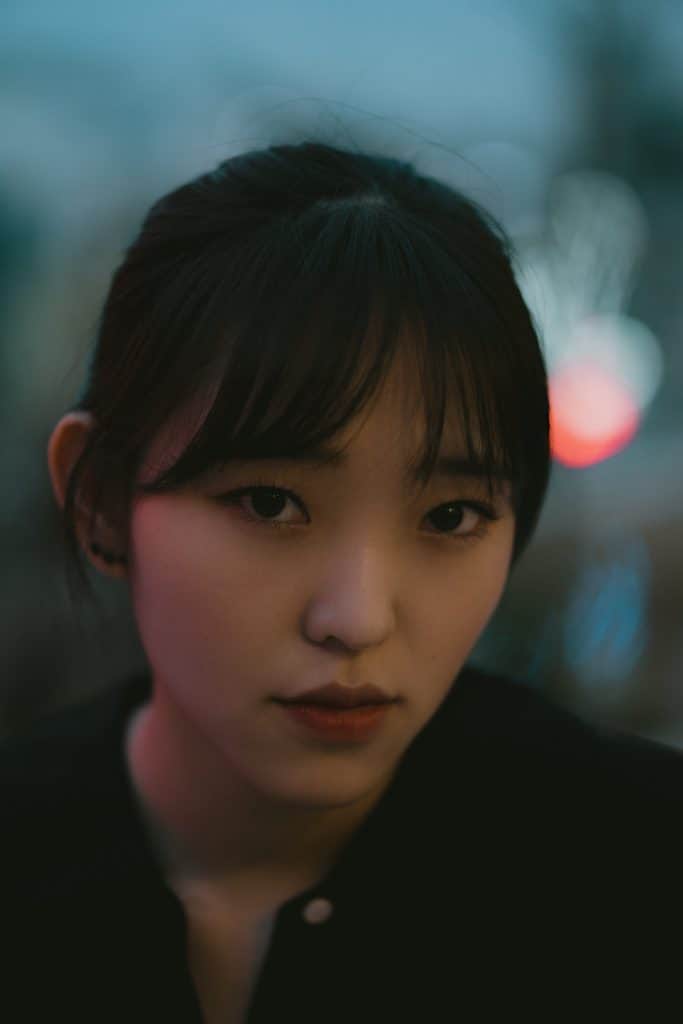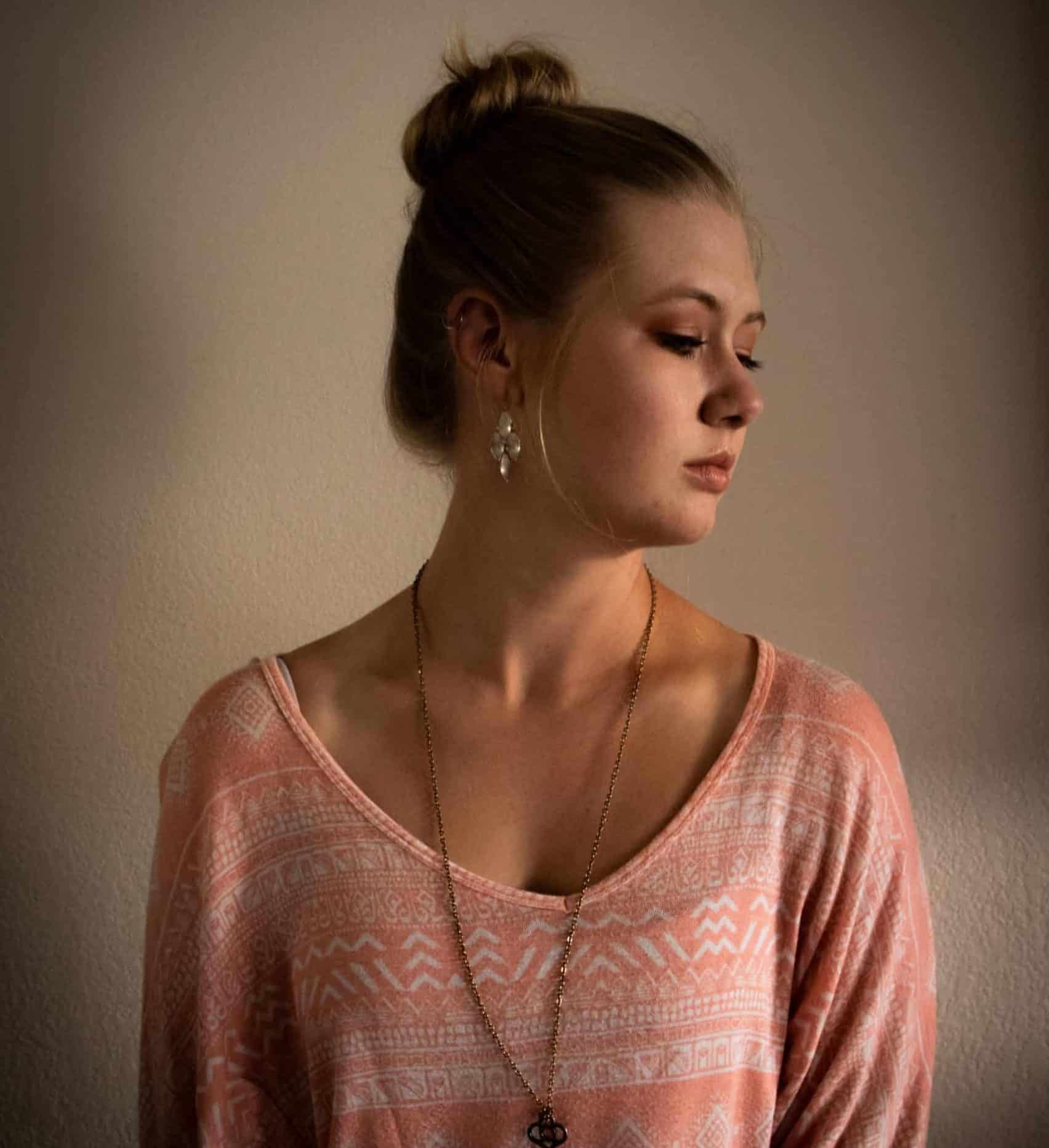Thinning Shears vs Texturizing Shears – Ask a Hairstylist
Thinning shears vs Texturizing shears.

How do thinning shears vs texturizing shears work?
Both thinning shears and texturizing shears are professional haircutting scissors that have a smooth blade on one side and the other blade has teeth that resemble a comb.
There are many different models used by professionals and for different looks. Some have more teeth than others. Some are curved, long, short, but all are extremely sharp, ready to cut the hair and give the haircut the beautiful finishing touch that they are designed for.
Shears with teeth still cut hair but only cut some pieces, cutting every other tooth instead of slicing a straight line.
What is the difference between Thinning Shears vs Texturizing Shears?
The difference between thinning shears and texturizing shears is-
Thinning shears remove bulk. When the hair is heavy and not laying smoothly the way that the haircut intends, using thinning shears can help remove some of that excess weight without making the hair look shorter or changing the haircut.
Texturizing shears have fewer teeth that are wider and have more curve to them to give the hair texture.
Texture in the hair gives the hair volume and a feathery appearance.
Stylists learn how to decide between thinning shears vs texturizing shears with time, experience and even taking a class or two.
Thinning Shears – Remove Bulk
Thinning shears remove extra weight that pulls the hair down. When thinning shears are used correctly, they do not ruin hair or change the appearance of the haircut enough to cause alarm.
Typically thinning shears can have anywhere for 28-40 teeth. The fewer the teeth, the less hair is removed.
If the thinning shears are used in diagonal partings you cannot see where they were cut at all.
When used correctly, thinning shears don’t change the haircut and can even help blend layers that looks choppy.
Some people choose to get their hair thinned because it helps with headaches and neck-aches.
Texturizing Shears – Add Volume
Texturizing shears have 7-20 teeth that are a little wider than thinning shears teeth.
Texturizing shears do exactly that, texturize the hair. Depending on the intention of the affect they will have on the haircut they can either give the hair a feathery appearance or can make it choppy.
The more the shears are closed in one spot, in the same parting, the more hair is cut and this will change the way the haircut looks.
But again, when sing texturizing shears in diagonal partings they can lighten the weight of the hair.
My favorite haircuts to use texturizers is on pixie cuts and mens cuts.
Chunking Shears
Chunking shears are a type of texturizing shears.
These have have 7-15 teeth, removing more ‘chunk’ than regular texturizers. Using chunking texturizers doesn’t mean that it makes the haircut chunky.
Why would you choose texture shears over straight blade shears?
Texture can be achieved with straight blade shears by point cutting techniques.
Point cutting has to be done correctly but can change the haircut and the length if it doesn’t work in the first attempt.
Texturizing shears are the better and ‘safer’ choice for blending, and lightening up layers and giving texture that isn’t too deep or so much that it changes the haircut.
How to clean thinning shears vs texturizing
Cleaning thinning shears and texturizing shears are done the same way. Simply brush off debris by using a color brush or clipper cleaning brush and spray with clipper disinfectant spray.
Do not use barbicide on shears! It will cause rust. Clipper spray cleans the shears plenty.

How to use thinning shears on short hair
Short hair is mid-neck to above the chin length.
The rule of thumb is short-pushes long. If there are short pieces underneath the length they will push the hair that falls on top of them up giving the hair volume.
Using thinning shears on short hair is best to be done in diagonal or vertical partings.
Step by Step Tips for Short Hair
- Part the section of hair that needs de-bulking
- Section the parting either diagonally or vertically no wider than your comb width
- After combing the parted section straight out to cut loosen the tension on the hair and see where the hair begins to bend, usually an inch or two from the scalp DO NOT use thinning shears below that point!
- In a single cut, close the thinning shears above the bend, mid-total-length and comb the cut hair out
Finding where the hair bends is absolutely imperative when using thinning shears on short hair and men’s cuts, because if thinning shears are used close to the scalp before the bend, those hairs will stand straight out, not fold and blend nicely into the haircut giving volume to the entire look.
🛑 NEVER use thinning shears shorter than the hair bend.
✔️ALWAYS find where the hair bends before using thinning shears on short hair.
How to use thinning shears on medium hair
Medium length hair is chin to shoulder length.
Like on short hair, find the bend and be sure that you are cutting the hair above the bend.
Using thinning shears on medium hair is usually for blending in layers and removing excess weight.
Thinning shears should be used in diagonal partings on medium hair.
Blending Layers Technique
- Make a V shaped section from the main parting
- Comb the hair to 90 degrees (straight out from the scalp) or 180 degrees (straight up towards the ceiling)
- Close the shears once or twice vertically towards the ends of the hair in the V section
- Repeat the V sections around the 4 quads
The purpose behind the V sections is that there are no straight lines once the section falls again. The layers are now blended and lightened without making any lines!
How to use thinning shears on long hair
Long hair is any length below the shoulders.
Thinning long hair-
- In vertical sections elevate the layers to the degree at which they were cut. Palming your shears and using your comb as a tool (which it is) twist the section and use the thinning shears right in the middle and again at the end of the section.
- Comb the cut hair out.
- Repeat the two cuts with the thinning every other section of layers to relieve weight and bulk but not change the layers.
This technique can be used on super long hair as well. Since thinning shears are used mid-length and that is well beyond the bend closer to the scalp it is very difficult to mess up or ruin a long haircut with thinning shears.
How to use thinning shears vs texturizing shears on men’s cuts
Again, ALWAYS test for the bend.
If the men’s cut is short, or finger length and the client complains that their hair is too hot and thick, thinning shears are helpful right at the tips of the hair and you won’t be able to see any difference of length.
Both texturizing and thinning shears will have the same affect on short men’s haircuts that are finger-length or shorter.
If the men’s haircut is longer and they like it to fall to the side, find the bend and DO NOT cut on the scalp-side of the bend to avoid the hair sticking straight out.
How to use texturizing shears on bangs
Textured bangs are in style today and in my opinion, rightly so. Very few prefer straight-across bangs with a sharp edge.
Texturizing bangs should only be done when the hair is-
👉 Over-directed
👉 Elevated
👉 Only on the ends, not mid-length
👉 Vertical sections
Horizontal partings give bangs a straight, sharp look and that is the opposite of textured bangs. Over-directing and elevating the bangs allows the weight of the bangs to be removed while softening the bangs length.

How to Choose Texturizing Shears
There are dozens of different kinds of texturizing shears.
There are some with more teeth than others. Some with curved blades. Others are straight.
How do you choose the right ones for you?
- Ask a co-worker if you can use theirs for a haircut or two
- Read reviews from other professionals
- Know what length you prefer your shears to be. Some like longer (like 5″ or 6″) shears that cut more hair at once. And others feel that cutting with shorter shears (3″ or so) give them more control.
- See if there is a test period that you can use shears from the brand company
How to texturize without texturizing shears
Point cutting!
Texturizing without texturizing shears can be done with various point cutting techniques.
The amount of texture can be controlled by how deep the shears go when point cutting the length.
FAQ Thinning shears vs Texturizing shears
Are thinning shears bad for your hair?
Curly hair should never be thinned with thinning shears because curly hair grows and falls in a pattern that doesn’t need more volume and thinning shears will disturb smooth patterns.
Thinning Shears vs Blending Shears
Blending shears have teeth on both sides of the scissor. Giving the haircut a more piece-y blend.
Thinning shears have teeth on only one side and take off more hair because of the straight blade on the other side.
Are thinning shears for fine hair?
It is a common misconception that fine hair means that hair is thin. This is simply not true.
Fine hair means that the width of the hair strand is finer than coarse hair. Coarse hair just means that the hair strand is thicker than fine hair.
People with a ton of hair that need weight removed can commonly have fine hair.
So, yes, thinning shears are for fine hair too.

